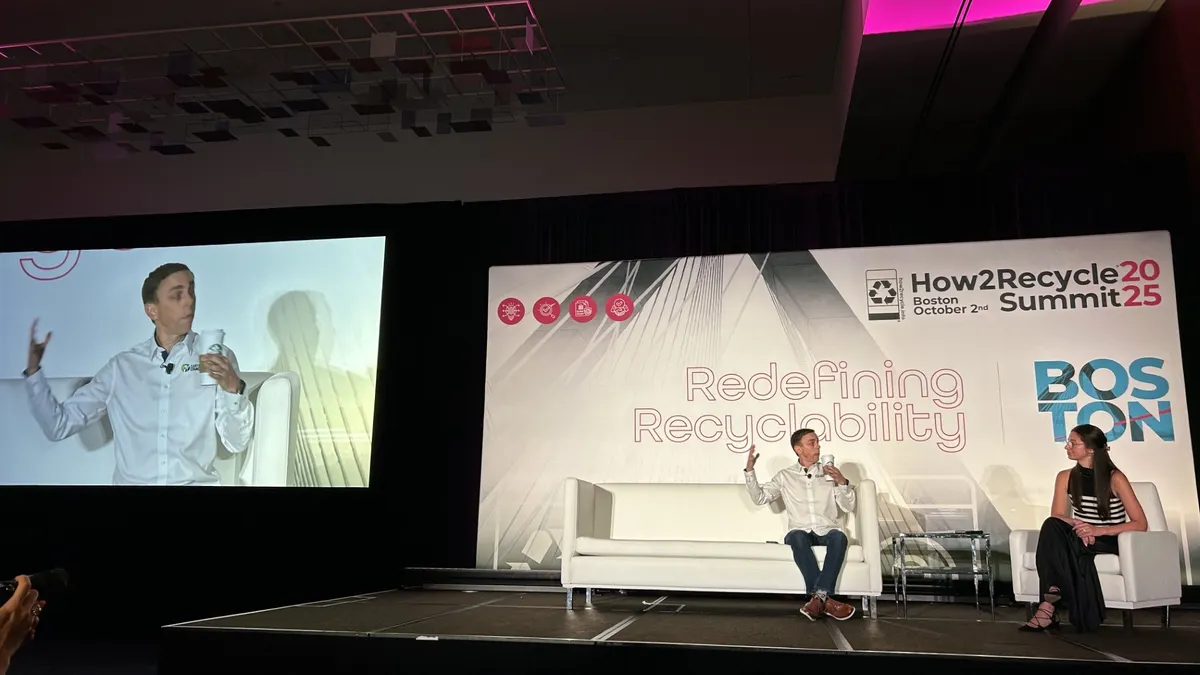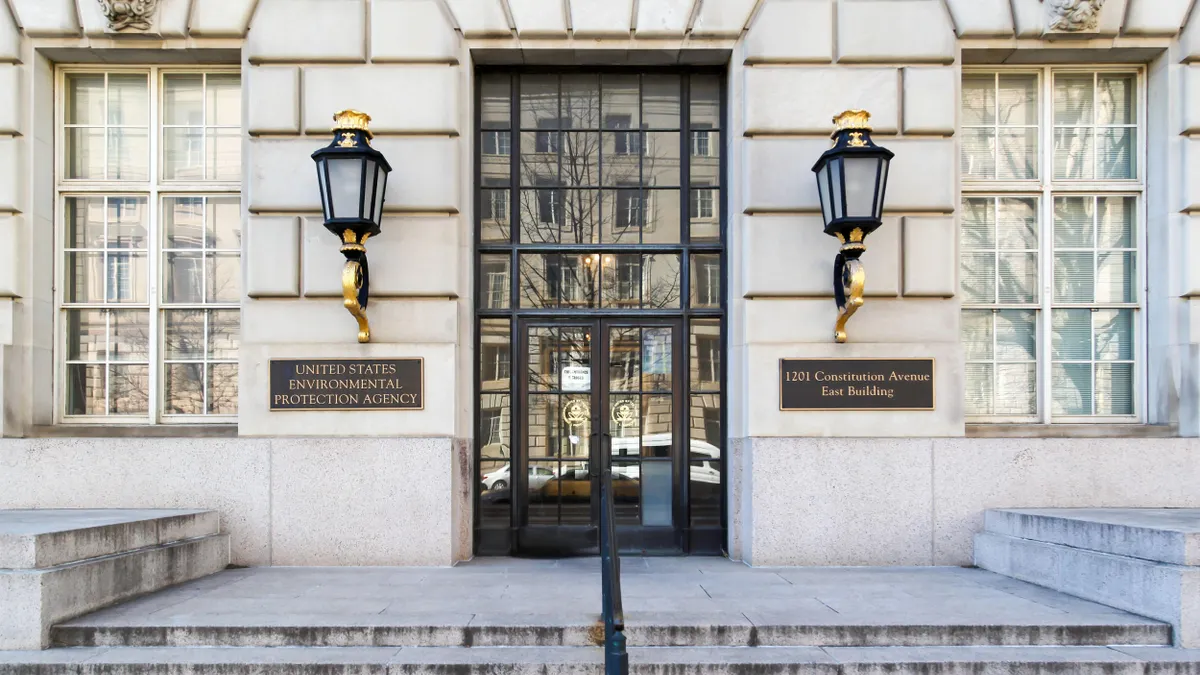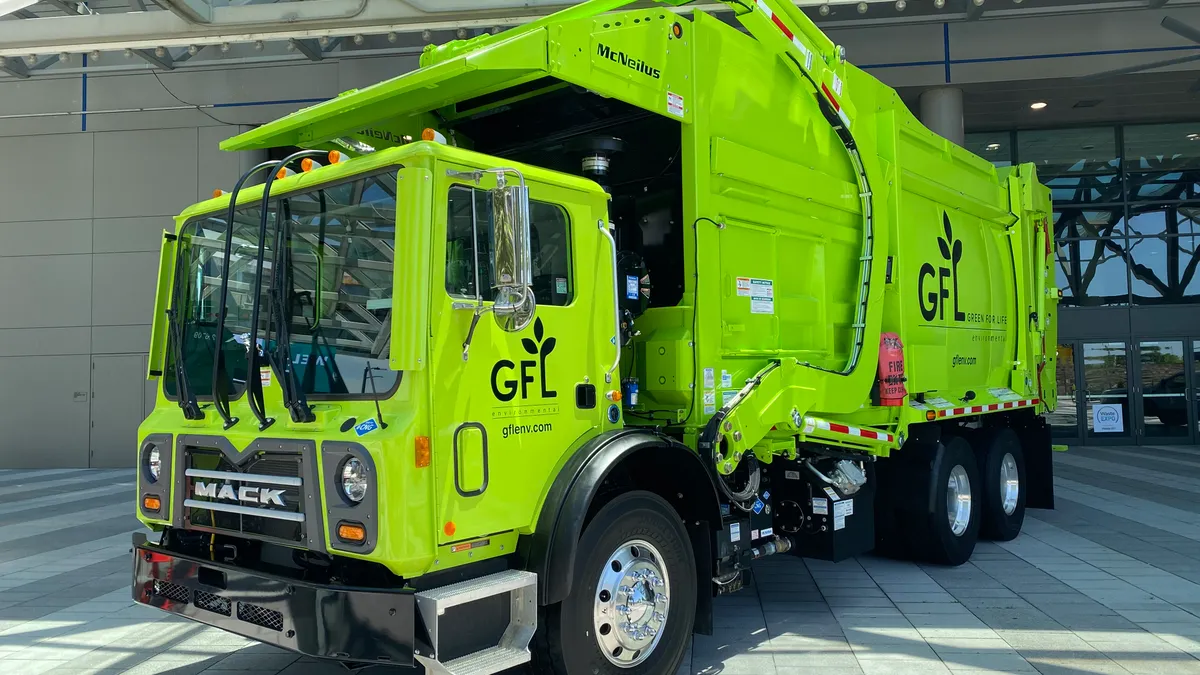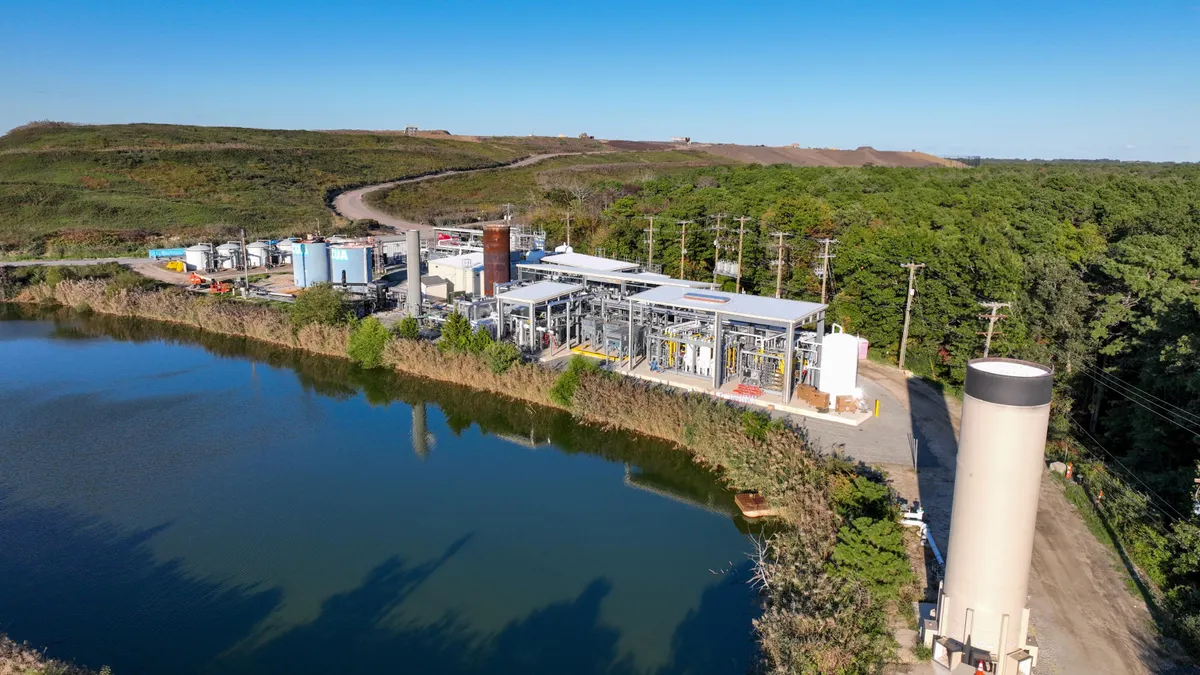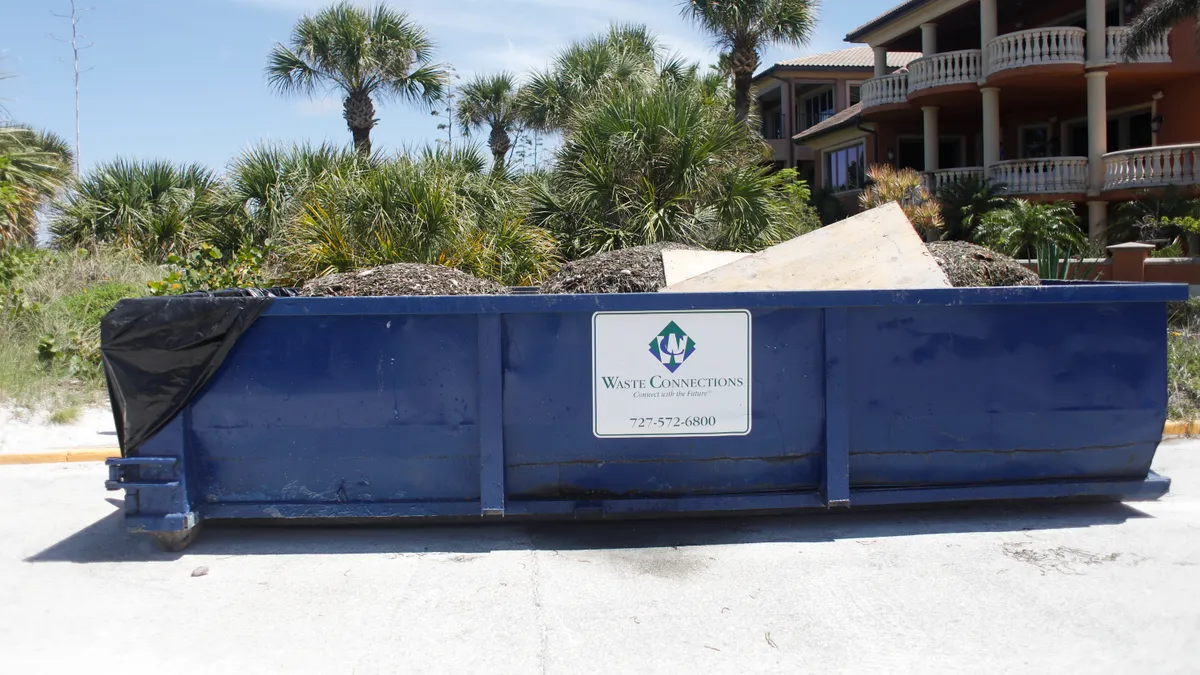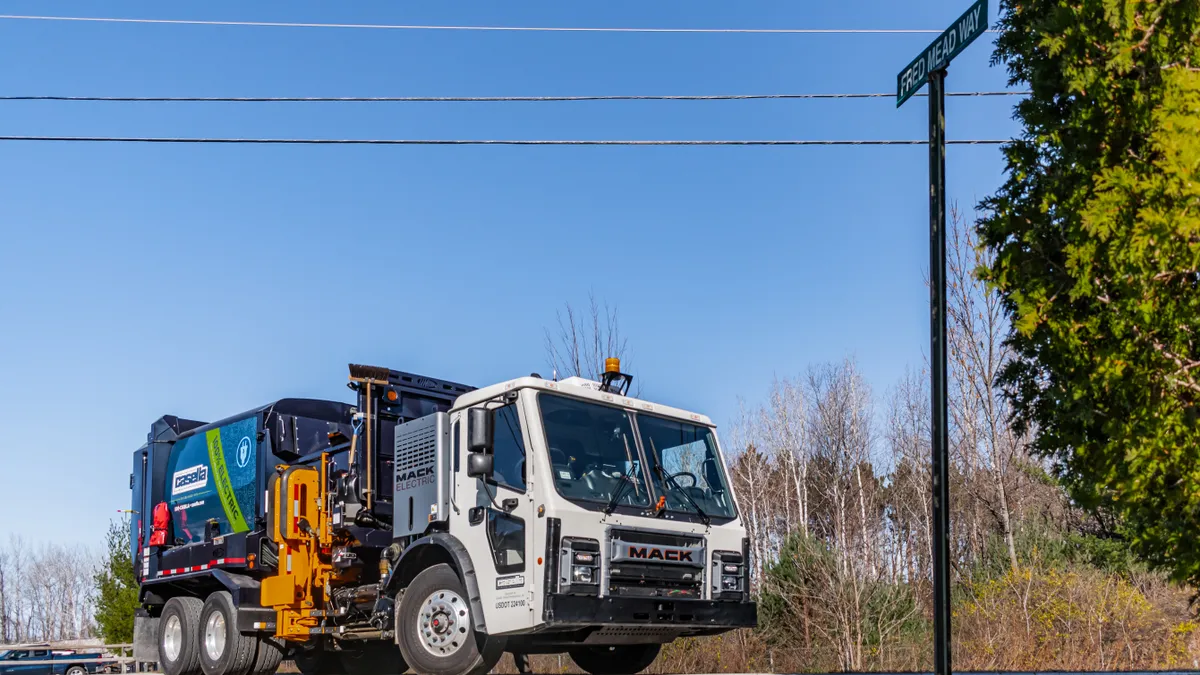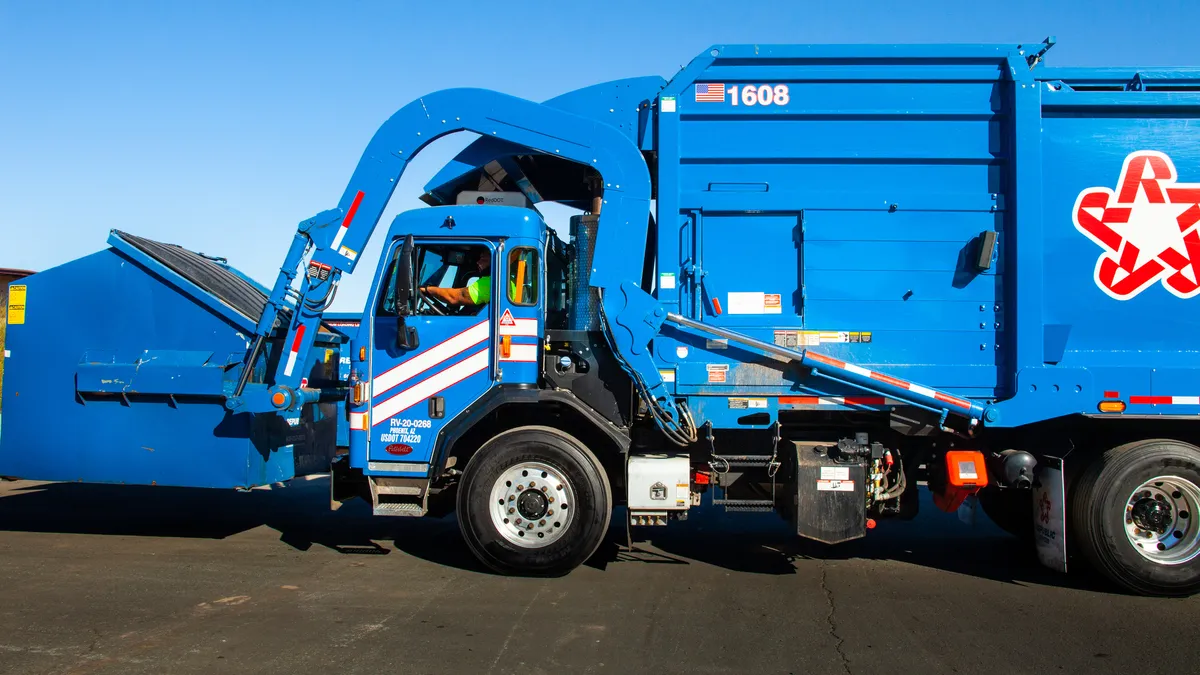As the waste industry waits for the U.S. EPA to kick off a formal rulemaking on landfill air emission regulations, key voices are providing feedback on a series of white papers released by the agency last year.
The 10 papers provided an early glimpse into EPA’s thinking on several variables it could tweak in a future landfill regulation. They covered topics like cover material, aerial and fenceline monitoring, organic waste diversion and gas collection and control systems. The non-regulatory public docket for the white papers initially closed on Jan. 23, but that deadline was extended until May 23.
The agency is overdue to update its New Source Performance Standards and Emissions Guidelines for new and existing MSW landfills. The process is meant to occur every eight years, though the last update in 2016 wasn’t fully implemented until 2021.
The agency acknowledged its tardiness last year, and announced plans to update the rules in 2025. The EPA did not respond to a request for an updated timeline on its rulemaking.
Industry groups including NWRA and SWANA, research groups such as FluxLab and environmental groups like GAIA all provided comments in a public docket.
Among the commenters, there was a divide between groups who favored mainstreaming the use of new emissions technologies and those who felt measurement technologies like satellites and drones were too new to replace standard surface emissions monitoring (SEM) methods.
NWRA and SWANA issued joint comments on the white papers.
On the whole, the two industry groups favored a status quo approach to regulation. They opposed bans on open landfill gas flares, new biocover requirements for intermediate cover, earlier installation of gas collection and control systems, a reduced working face size and other changes.
On aerial monitoring technologies like drones, plans and satellites, the groups said "we do not believe that any of these technologies are sufficiently developed or available for mandated use through the Landfill Rules at this time, nor would they be appropriate for every site."
That said, they encouraged continued evaluation of several technologies and practices, including alternative emissions monitoring methods.
Beyond opinions on the white papers, the NWRA and SWANA also urged the EPA to streamline existing regulations for landfill operators and speed up the review process for gas collection and control systems.
FluxLab, the research group at St. Francis Xavier University, also submitted comments. It urged the EPA to consider setting up a prescribed certification process for aerial monitoring methods for landfills. It believes the technology is ready for widespread use, especially among larger landfills.
The group noted that its own study, conducted in coordination with the Environmental Research & Education Foundation, found that several forms of aerial testing are 40% to 60% more cost-effective than traditional ground methods of SEM, and can be effective.
GAIA encouraged the EPA to adopt tactics to reduce harm on neighboring communities, noting longstanding environmental justice issues with the siting of landfills near disadvantaged communities. To mitigate harms, the group said EPA should adopt fenceline monitoring requirements, particularly near the active face of a landfill where emissions are highest.
GAIA also urged EPA to take a closer look at certain pollutants emitted by landfills, particularly benzene and PFAS. On the latter, the group urged EPA to study the release of per- and polyfluoroalkyl substances via both landfill gas and leachate. The EPA could adopt several measures to reduce leachate generation, including improving cover practices, diverting organics, reducing the size of landfills' active face and mandating biocovers, GAIA wrote.
EPA included among its white papers an exploration of organic waste diversion as part of landfill regulations. It contemplated a credit or alternative compliance system for landfills that engage in such activities, particularly composting, which produces less methane than landfilling.
NWRA and SWANA argued the proposal was outside the scope of existing landfill regulations, though some industry players have been open to organics diversion projects. Orange County Waste & Recycling, a public entity which operates three landfills and two composting operations in California, urged EPA to streamline the permitting process for composting facilities on landfills.
Other commenters included LoCI Controls, SCS Engineers and the Institute for Local Self-Reliance. The EPA is expected to weigh feedback before issuing a notice of proposed rulemaking for NSPS and EG rules for MSW landfills, after which it will again examine comments before issuing a final rule.







